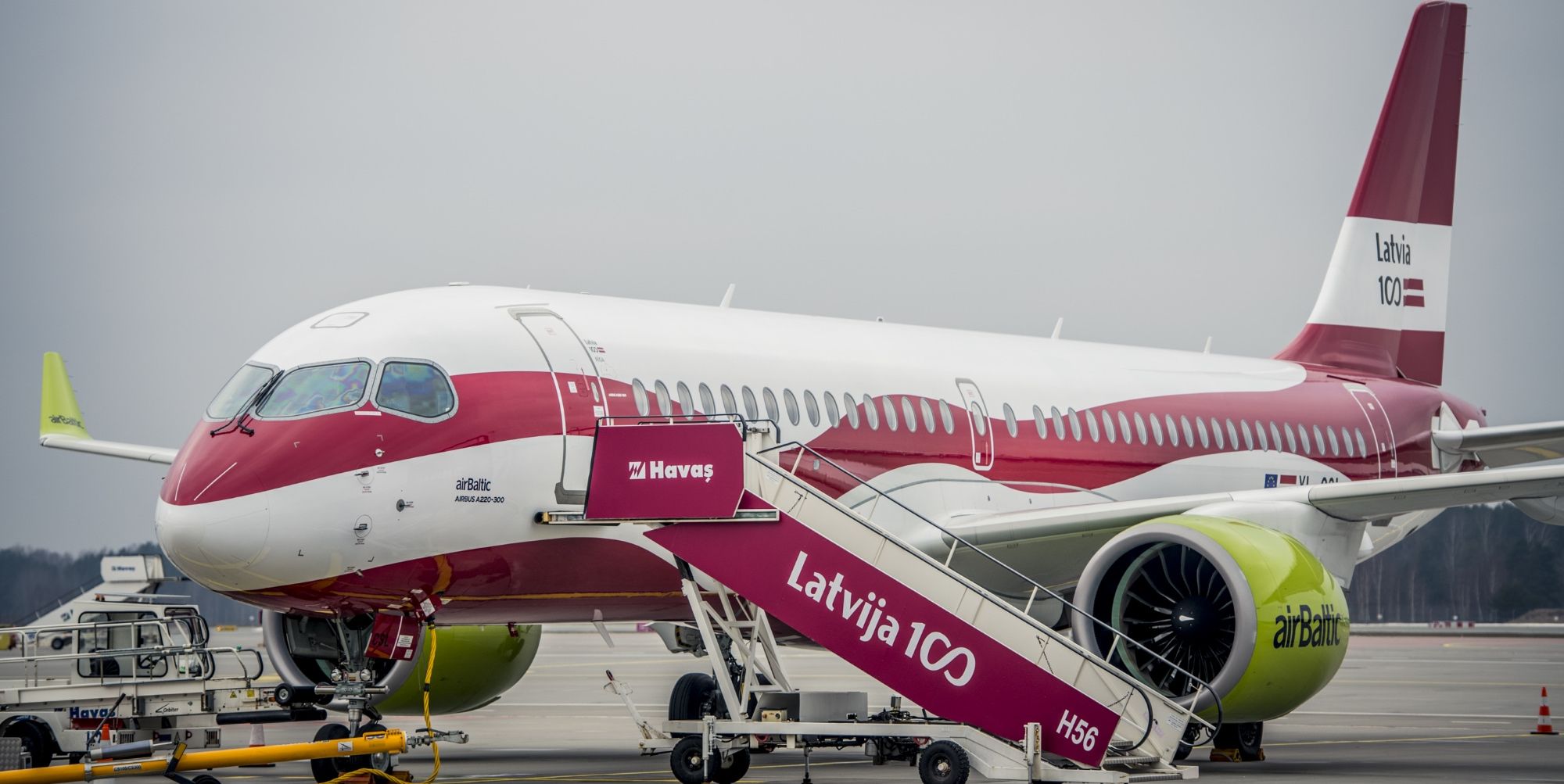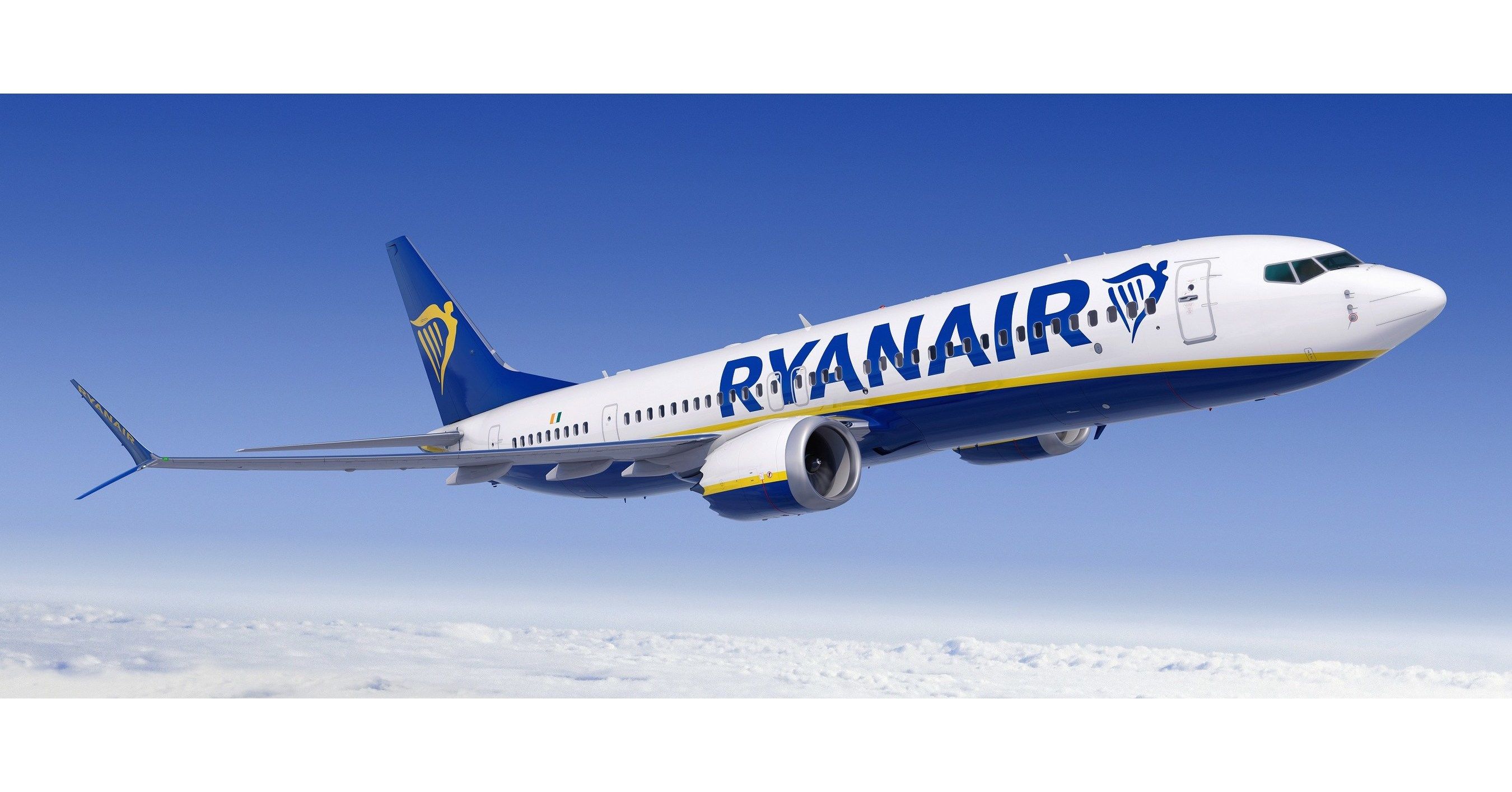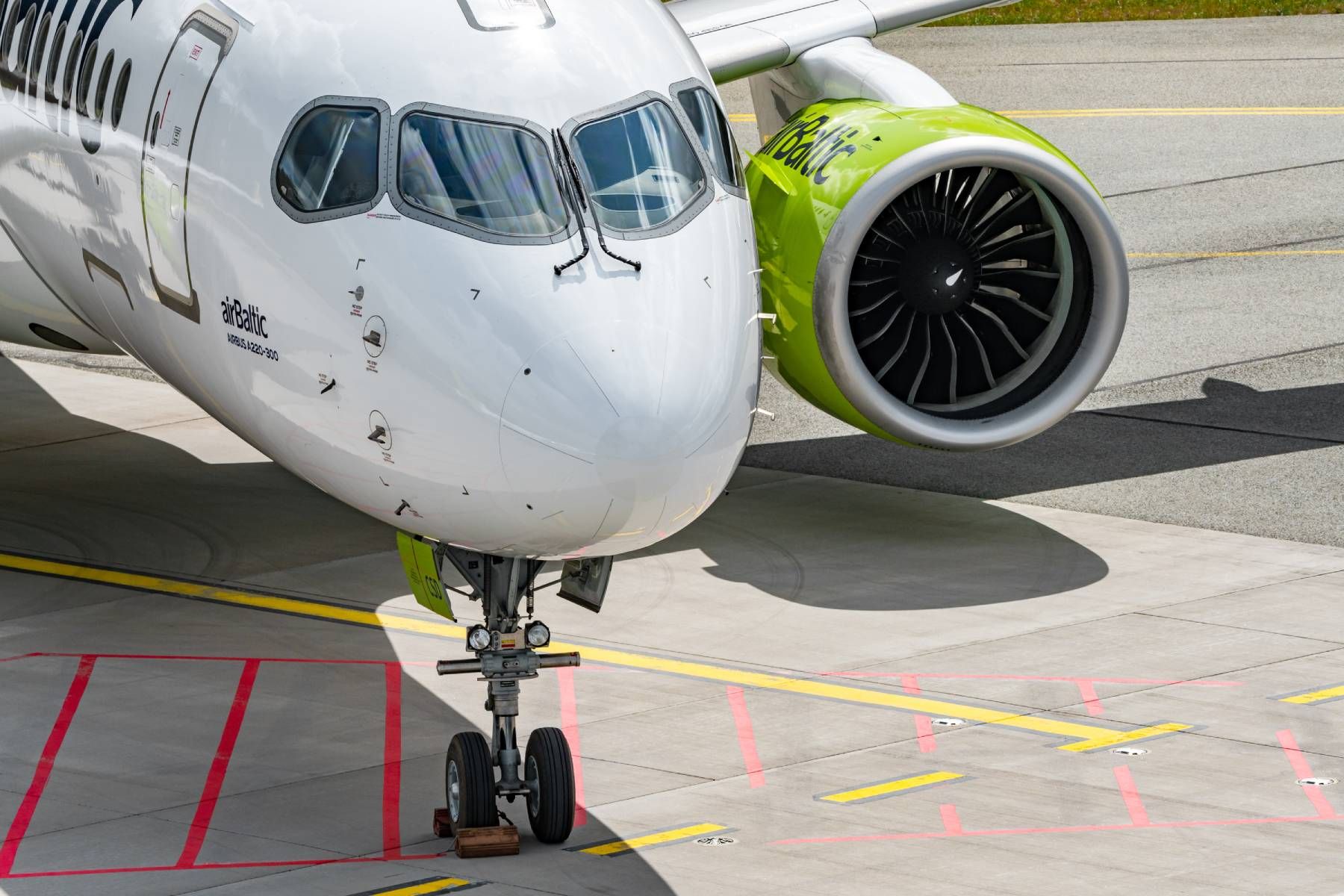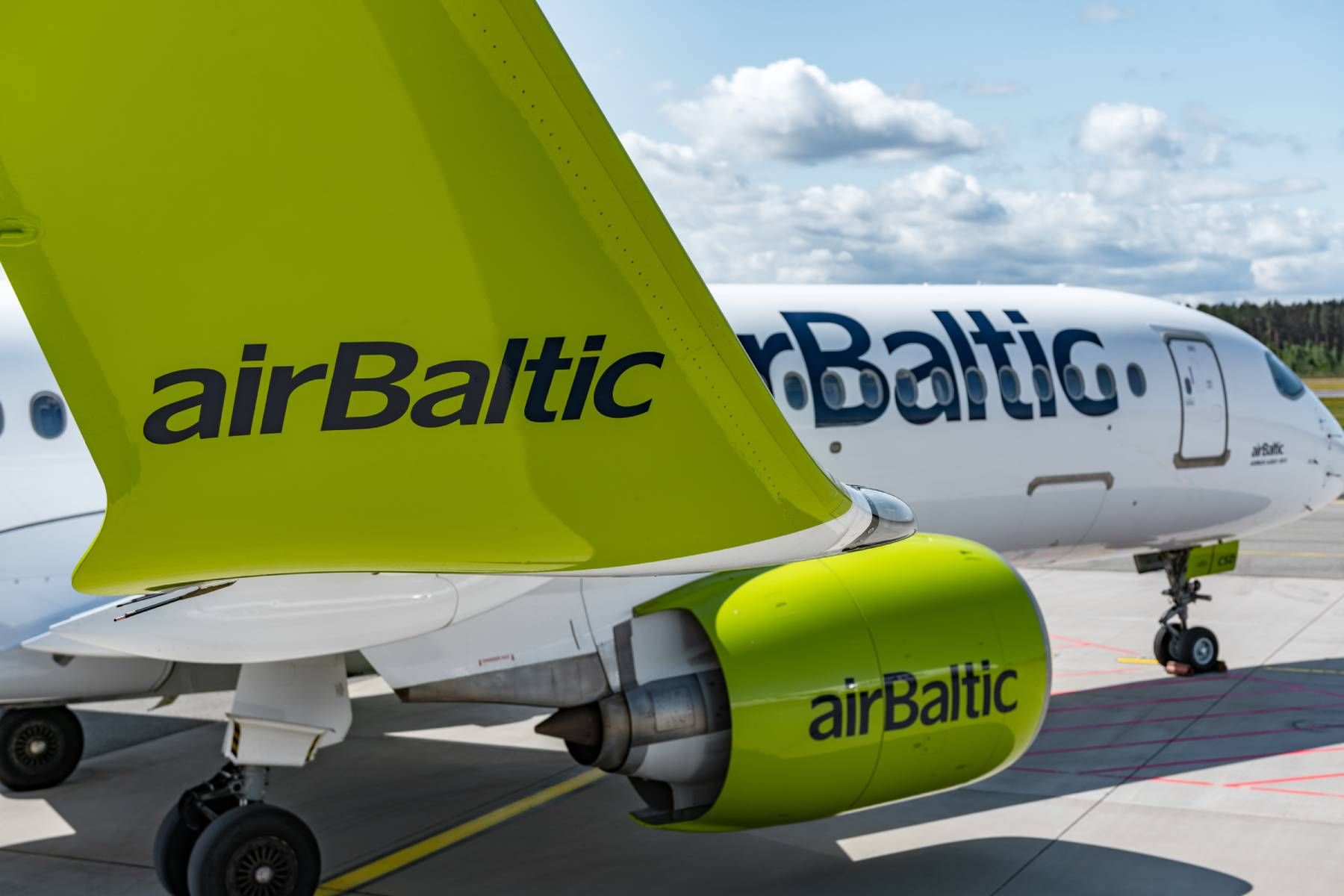While the Latvian capital of Riga is no London or Paris, the city's airport is still a competitive marketplace for aviation. This week, passenger figures were released, which saw its home airline, airBaltic, lose market share to low-cost carrier Ryanair. Is this a one-off occurrence? Or is it a sign of a trend?
Market share at RIX
2022 was a fairly good year for Riga International Airport (RIX) overall. The facility saw a 40% year-on-year increase in the number of flights. Of this total of 54,818 flights, 48,427 were passenger services - an increase of 69% when compared to 2021.
While it's overall positive news, the Baltic News Network points out that Latvia's airBaltic lost 6.4% market share at RIX in 2022. The hybrid carrier now only has 50.9% of passenger traffic at the airport, compared to 57.3% the year prior. Conversely, budget airline Ryanair gained 9.5% market share at the airport, now taking 30.7% of passenger traffic.
While the two airlines saw the largest changes, here is how other airlines performed at Riga over the course of 2022:
- Wizz Air's market share decreased by 1.7%
- Norwegian's share rose by 1.1%.
- Turkish Airlines market share decreased by 0.8%
Get all the latest aviation news right here on Simple Flying
Trend or outlier?
The important question to ask - particularly from airBaltic's perspective - is if this change is a sign of things to come. airBaltic's main home at Riga is relatively small - as are its other bases at Vilnius (Lithuania), Tallinn (Estonia), and Tampere (Finland). While RIX is the largest air traffic hub in the Baltic States, the combined population of all three Baltic nations is still quite low. It's this environment that will continue to be a challenge for airBaltic - as travel activity is not as robust as other parts of Europe.
It's also worth noting that airBaltic's network was disrupted in 2022, as the carrier lost its abilities to serve markets in Ukraine and Russia - which it did prior to the war in Ukraine.
Looking at Ryanair's situation, its ability to upscale and downscale services across its vast network offer much more flexibility. While the carrier's low-cost model is also quite appealing for budget-sensitive travelers, the airline's connectivity across the continent is equally as appealing for Latvians - and visitors to the Baltics.
"David vs Goliath"
It's these very different business models in a fairly small market that makes it an intense, uphill battle for airBaltic. The airline and its 39 aircraft pale in comparison to the hundreds of jets operated by Ryanair. No - the Irish airline isn't flying all of its aircraft in and out of Riga - but Ryanair is certainly able to operate more flights in and out of Riga with its jets based at other European airports.
In terms of making 'economies of scale' work, Ryanair seems to have it figured out. And although airBaltic also has a single-type fleet, its choice of the Airbus A220 has presented some unfortunate issues in the past year, as supply chain problems have greatly extended downtime for engines requiring routine maintenance.
Ultimately, airBaltic's situation at Riga does feel like a "David and Goliath" situation, with the airline's situation made much worse by its engine dilemma. Will the carrier's offer of free, high-speed internet help it to regain market share? We'll just have to wait and see.
What do you think of the market share held by each airline? How do you think this will change for 2023? Let us know by leaving a comment!
Sources: Baltic News Network




